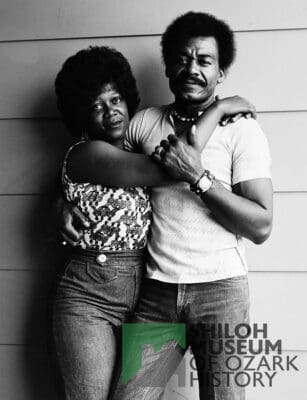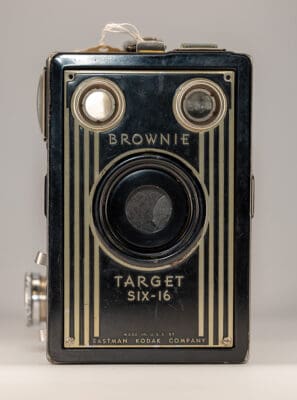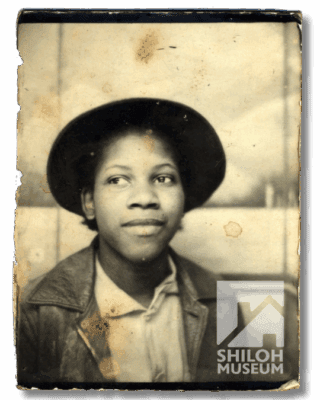Andrew Kilgore’s Fayetteville Townfolk
Andrew Kilgore's
Fayetteville Townfolk
Sarge and Shirley West, July 1977, Washington County Historical Society Collection (P-3685B)
Andrew kilgore’s fayetteville townfolk
On display through May 31, 2026
Andrew Kilgore’s Fayetteville Townfolk is a striking portrait collection that captures the spirit of a community. In 1981, noted photographer Andrew Kilgore completed the Fayetteville Townfolk Portfolio Project, photographing over 3,000 black-and-white portraits of local residents. Supported by grants from the Arkansas Endowment for the Humanities, the First National Bank of Fayetteville, and the Arkansas Arts Council, the project celebrated everyday people while emphasizing the value of archival photography in preserving history.
Sixty of these portraits were featured in a traveling exhibition and book, while the larger 600-print collection was archived with the Washington County Historical Society before coming to the Shiloh Museum of Ozark History in 1996.
Born in 1940 in Charlottesville, Virginia, Kilgore’s journey from philosophy and ministry to photography shaped his human-centered approach. After serving in the Peace Corps in India, he moved to Fayetteville in 1971, opening a studio and later teaching at the University of Arkansas.


